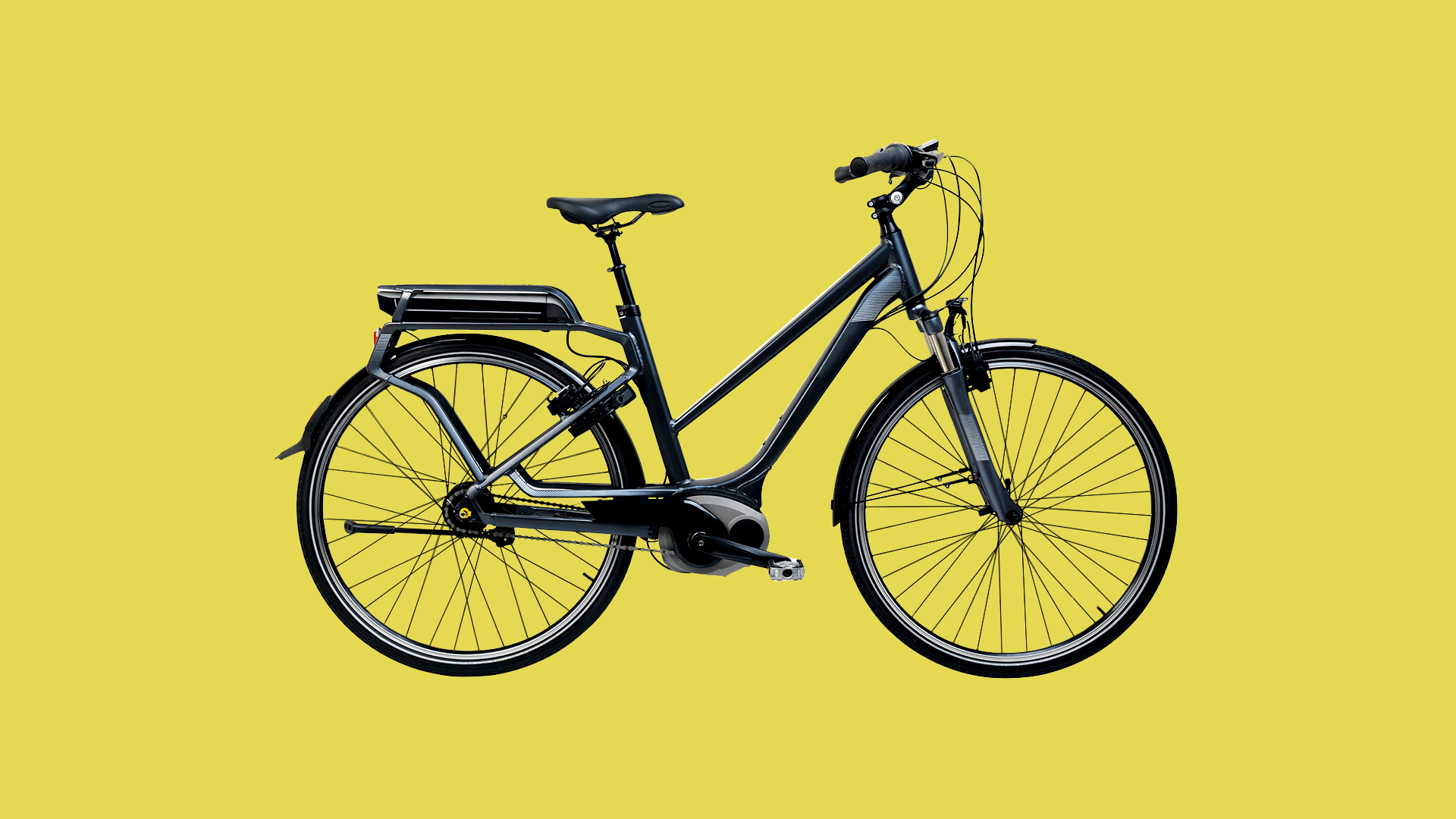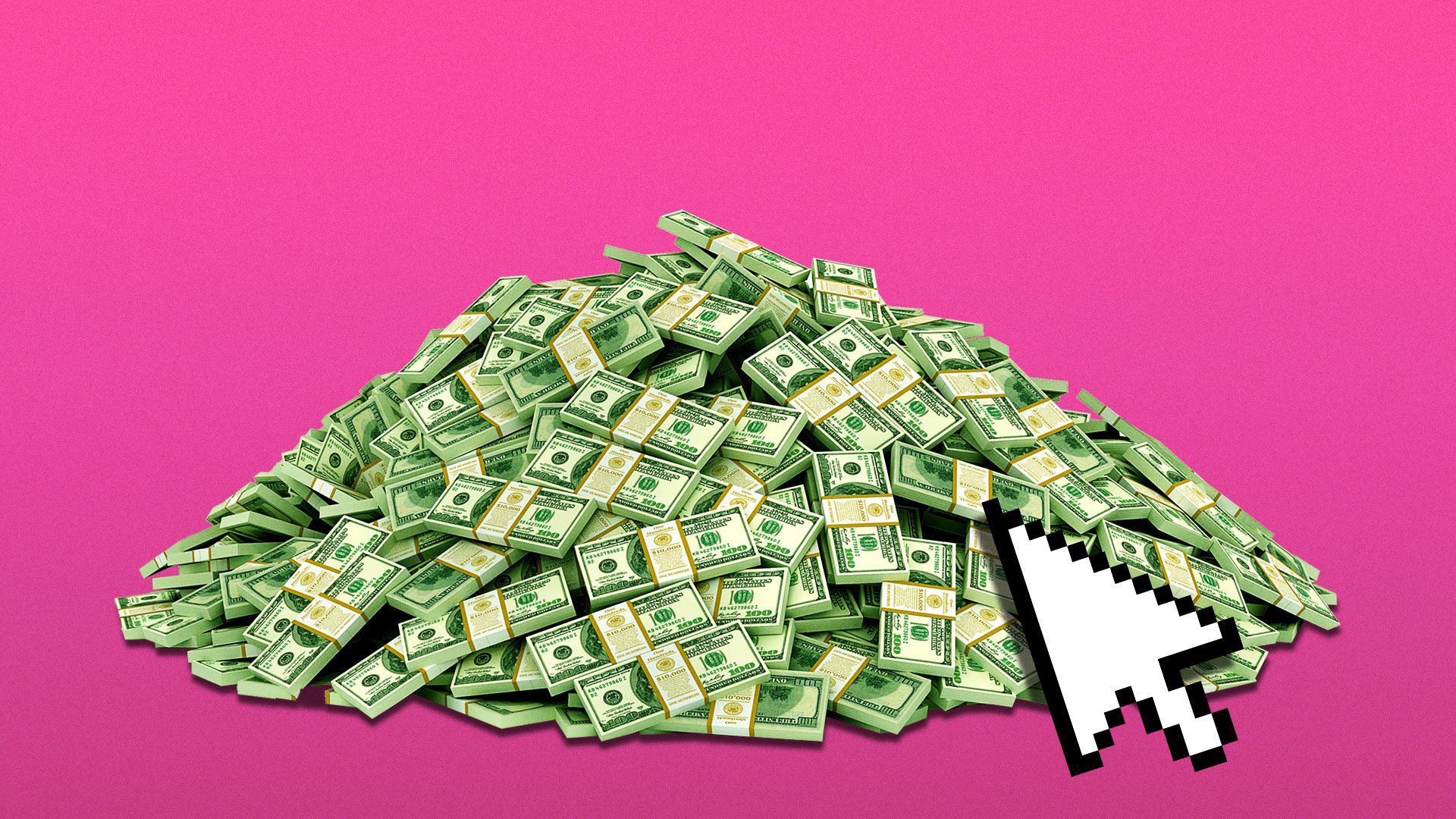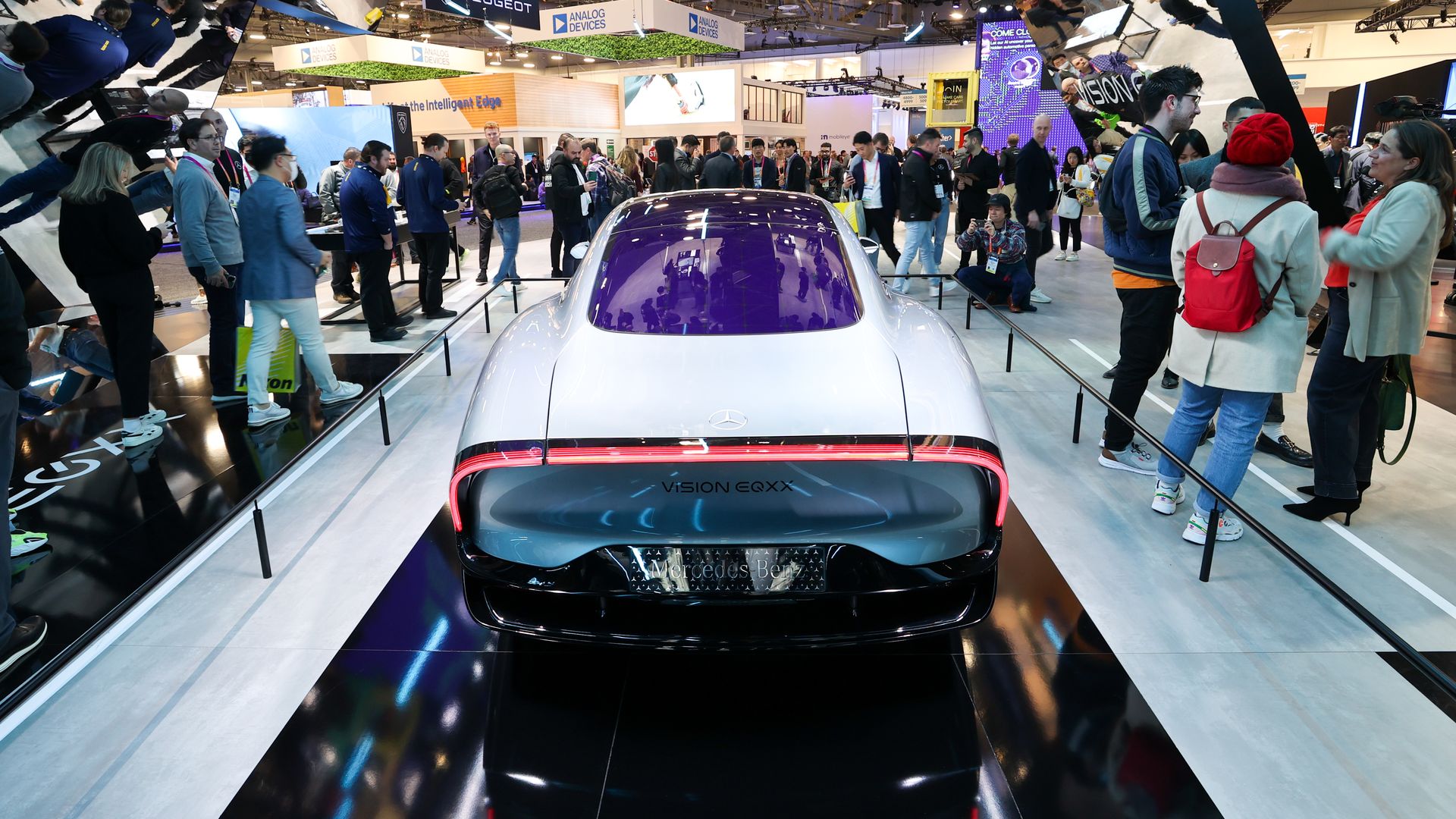| | | | | | | Presented By Salesforce | | | | Axios What's Next | | By Alex Fitzpatrick, Joann Muller and Jennifer A. Kingson · Jan 10, 2023 | | Several recent high-profile incidents have revealed big problems with the latest facial recognition surveillance technology, Alex reports today. Today's newsletter is 1,088 words ... 4 minutes. | | | | | | 1 big thing: Facial recognition's dark side |  | | | Illustration: Maura Losch/Axios | | | | The breakneck development and deployment of facial recognition technology are outpacing efforts to corral alarming pitfalls, Alex Fitzpatrick writes. Why it matters: Police, retail stores, airports and sports arenas are rapidly increasing biometric surveillance. But critics say the results are too often blindly trusted, without enough double-checking of matches. Catch up quick: The latest face-recognition surveillance technology is designed to identify people seen on security cameras in real-time, or close to it. - It aims to match security camera footage of someone with images tied to that person's identity and kept in various databases or publicly available online, such as police mugshots or social media profiles.
Driving the news: A Black man in Georgia was recently jailed for almost a week after a facial recognition system incorrectly matched his face with a suspect in a New Orleans robbery, his lawyer told The New Orleans Advocate. - The man — who said he's never been to Louisiana — was released after detectives realized their mistake, The Advocate reports.
- Facial recognition technology has led to at least three prior false arrests — all involving Black men, Wired reported last year. The technology has long been faulted for failures to accurately identify Black faces.
In New York, a personal injury lawyer recently said she was kicked out of Radio City Music Hall, which is owned by Madison Square Garden Entertainment, after being identified by facial recognition tech installed there. - The lawyer works for a firm involved in a personal injury suit against an MSG-operated restaurant.
- MSG has banned from its properties all lawyers at firms involved in lawsuits against the company, including the arena where the New York Knicks and Rangers play. It's using facial recognition software — which sports stadiums and other venues are increasingly using as a security tool — to enforce that ban.
Zoom out: Some cities and states that have restricted the use of face recognition in the past are mulling whether to loosen those rules to fight upswings in crime. Others are holding fast. What they're saying: Some critics point to the Madison Square Garden encounter as an example of overreach on the part of private companies. - "This is exactly why we need an outright ban on all use of facial recognition surveillance in places of public accommodation like bars, restaurants, retail stores, and music and sports venues," said Evan Greer, director of the digital rights advocacy group Fight for the Future, in a statement.
What's next: On a technological level, facial recognition tech will only keep improving — University of Georgia researchers are working on a system that works based solely on the shape of people's ears. - Expect surveillance-based facial recognition to proliferate despite efficacy and ethics concerns, especially in high-security areas. The Transportation Security Administration is testing the tech at major airports.
Share this story. |     | | | | | | 2. The case for e-bike subsidies |  | | | Illustration: Aïda Amer/Axios | | | | Electric bikes are a popular and environmentally friendly car alternative, Axios' Felix Salmon argues, but they're often too expensive — unless they're subsidized. The big picture: Electric vehicles (EVs) are bigger, heavier and faster than their internal-combustion predecessors. That makes them dangerous to other road users. - Meanwhile, electric SUV batteries are so huge that they may actually end up increasing overall carbon emissions.
- E-bikes, however, use much smaller batteries and can be safer than cars.
The catch: E-bikes are expensive — often $2,000-plus — leading some to cobble together cheaper DIY retrofits of traditional bicycles. - But some retrofits use low-quality batteries that can catch fire while being recharged.
The solution: Subsidy programs can encourage people to order safe, brand-new e-bikes. What they're saying: "We subsidize the purchase of electric cars, we subsidize roads, we subsidize gasoline, we subsidize parking, we have even created regulatory loopholes which is why every vehicle on the road now is an SUV," writes Micromobility's James Gross. - "Now imagine if we provided the same boost to an emergent transportation technology that has the power to build a more sustainable future and create more livable cities."
Read the rest. |     | | | | | | 3. Tech salaries exposed |  | | | Illustration: Eniola Odetunde/Axios | | | | A new website, comprehensive.io, is tracking the tech industry's often eye-popping salaries, Axios' Emily Peck reports. Why it matters: Even as tech is going through a turbulent period of downsizing, employers are still advertising huge pay rates. By the numbers: The average ranges for some popular job titles: $147,000 - $210,000 for a senior software engineer and between $178,000 - $242,000 for an enterprise account executive. Backstory: California recently started requiring employers to post salary ranges for open positions. A similar law in New York City took effect last year. - The site relies on postings from those markets to compile its data.
Share this story. |     | | | | | | A message from Salesforce | | Overcoming sales challenges | | |  | | | | Sales reps are underwater in administrative work, according to Salesforce's fifth edition of the State of Sales report. Companies can help them better focus on selling by: - Automating mundane tasks.
- Streamlining communications.
- Tearing down business-slowing silos.
Read the full report. | | | | | | 4. 📸 CES, the car show |  | | | Photo: Tayfun Coskun/Anadolu Agency via Getty Images | | | | Mercedes-Benz's VISION EQXX electric concept car was one of dozens of flashy and futuristic vehicles on display at this year's CES tech show in Las Vegas, Alex writes. - CES used to be primarily about computers and gadgets — and it still is, to some degree.
- But many of the largest tech companies no longer make must-see reveals there.
- Instead, high-tech cars, trucks and other vehicles are some of the biggest attractions — a trend that's been developing for years but really solidified itself this time 'round.
What they're saying: "After I spent a few days at CES, I can now say it has become the definitive U.S. auto show," transportation investor Reilly Brennan wrote in his post-CES newsletter. "What a change from a few years back." Go deeper: The best cars, rides and auto tech of CES 2023 [Wired] |     | | | | | | 5. One fun thing: A comet cometh |  | | | Photo courtesy Dan Bartlett/NASA | | | | A bright green comet could be visible with the naked eye later this month, NPR reports. - The comet, called C/2022 E3, will be closest to the Sun on Jan. 12, then nearest Earth on Feb. 1, when it'll be 26.4 million miles away.
- Those in the Northern Hemisphere should be able to spot the comet in the morning hours later in January, while people in the Southern Hemisphere will get their chance next month.
Yes, but: It's unclear just how bright C/2022 E3 may get, so dedicated stargazers should plan on using binoculars or a telescope for the best view. |     | | | | | | A message from Salesforce | | About 69% of sales professionals agree their job is harder now | | |  | | | | Sellers are adjusting to a world that is both more competitive and resource constrained amid supply chain issues and inflation. The impact: Sales professionals have shifted their strategies. Learn how sales professionals are delivering success now in Salesforce's State of Sales report. | | | | Big thanks to today's What's Next copy editor, Patricia Guadalupe. Was this email forwarded to you? Get your daily dose of What's Next by signing up here for our free newsletter. |  | | Are you a fan of this email format? Your essential communications — to staff, clients and other stakeholders — can have the same style. Axios HQ, a powerful platform, will help you do it. | | | | | | Axios thanks our partners for supporting our newsletters.
Sponsorship has no influence on editorial content. Axios, 3100 Clarendon Blvd, Arlington VA 22201 | | | You received this email because you signed up for newsletters from Axios.
To stop receiving this newsletter, unsubscribe or manage your email preferences. | | | Was this email forwarded to you?
Sign up now to get Axios in your inbox. | | | | Follow Axios on social media:    | | | | | |
No comments:
Post a Comment